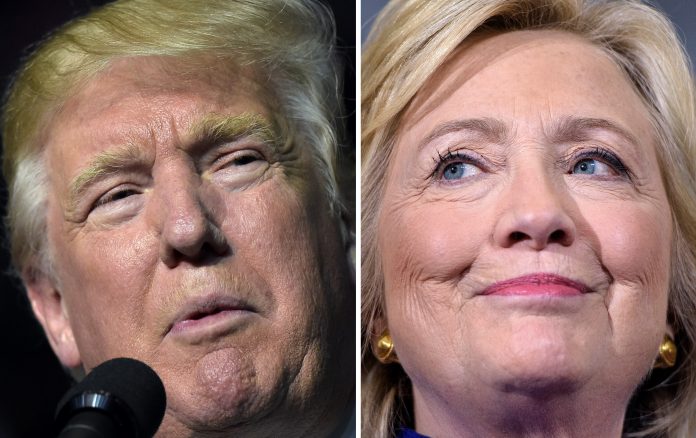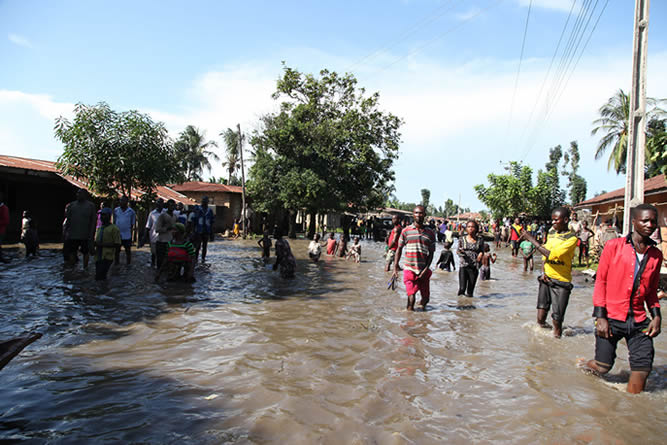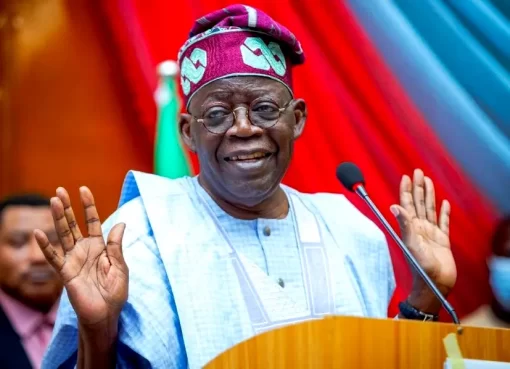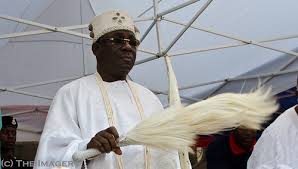The race between Hillary Clinton and Donald Trump appears to be getting even closer with just six days left before the election. An average of six different polls shows that Clinton is now just 1.7 percentage points ahead of Trump. But there’s still a lot of variation – one poll finds that Clinton is three points ahead, another finds that she is six points behind Trump. Both surveys were conducted after news that the justice department had obtained a warrant to investigate an aide to Clinton’s emails, before which her lead was already shrinking.
That variation between polls isn’t surprising – it can be explained by the fact that different polls speak to different people. For example, the LA Times poll which has consistently found that Trump has more national support, includes one 19-year-old black male respondent who consistently said he’ll vote for the Republican nominee. That one individual has a disproportionate impact because of a statistical process called weighting (where one respondent can end up representing hundreds of thousands of voters).
So, are current polls a good reflection of what will happen on election day? Historically, the answer is “not bad”, although they will probably be a much better indicator by the morning of 8 November rather than now. Clinton’s email scandal will probably go down in US political history as an “October surprise”, a last-minute news event that can cause a shift in public opinion.
Those surprises – which have included Lyndon Johnson’s announcement of a halt in the bombing of North Vietnam in 1968, and the news of a drunk-driving charge for George W Bush in 2000 – typically don’t affect final outcomes all that much though, as the chart below shows. It compares polling a week before from election day and the morning of with the final voting outcome.
The only snag is the electoral college system. In 2000, it wasn’t just ABC and the Washington Post that predicted a Bush win – polling averages also showed the Republican three points ahead of Al Gore. Though both candidates ended up with 48% of the popular vote, that’s only after rounding. The actual result was Gore-Bush, 48.4%-47.9%. Bush ultimately became president because the distribution of those votes worked in his favour – he collected 271 of the 538 electoral college votes (270 are needed to win).
The map looks a little more daunting for the 2016 Republican candidate, though. Even if Trump can win Florida, Ohio and Iowa (three important states where he is in a close race with Clinton), and all the other states where he is leading (including those where it’s close), he would still need to secure at least one state with a decent number of electoral college votes like Virginia, Pennsylvania or Michigan. But Clinton is ahead in all three of those states by a pretty safe margin of five to seven points.
The Trump campaign may take solace in the fact that history might not be a great guide in this election. The accuracy of polling is now in doubt. More importantly, in this election, Americans are faced with a choice between two of the most disliked presidential candidates in living memory, where media reporting on polling data is continually shaping their choices.
If would-be Democratic voters think a Clinton win is inevitable, or dislike both candidates in equal measure, they might just stay at home. And if there are enough of those voters in the right states, Trump could still become the 45th president of the US.
(TheGuardian US )






